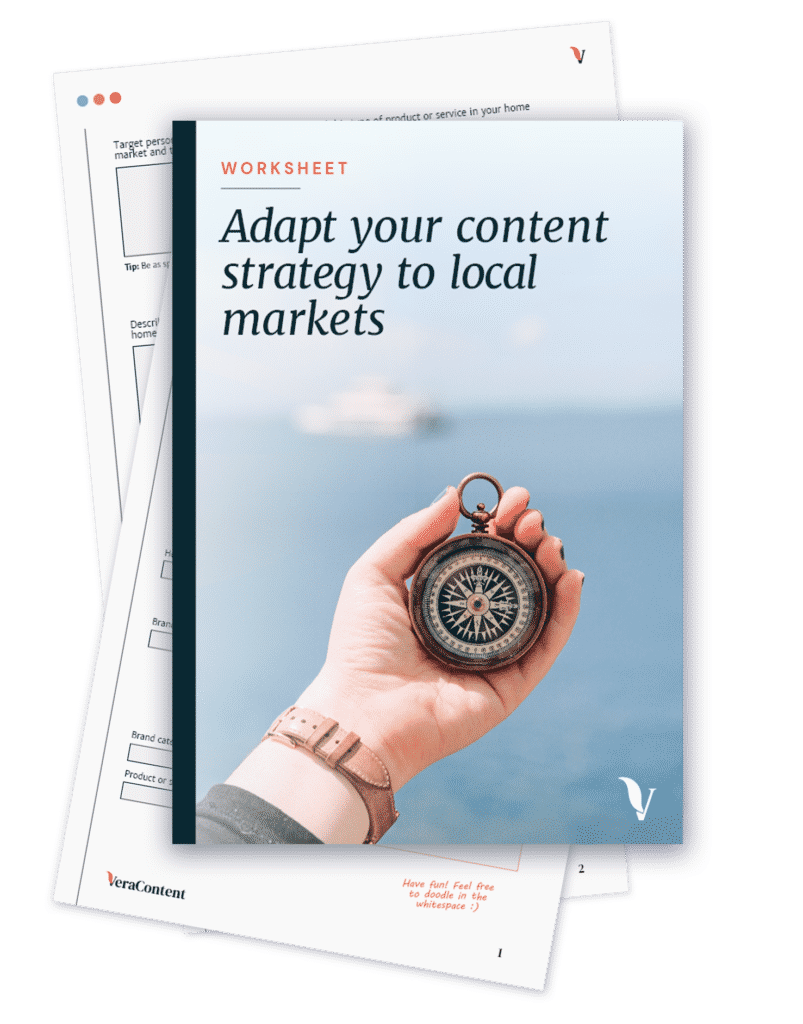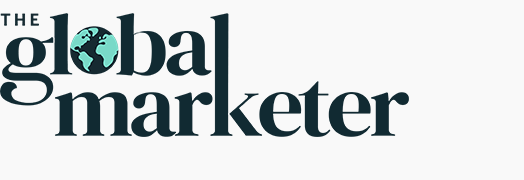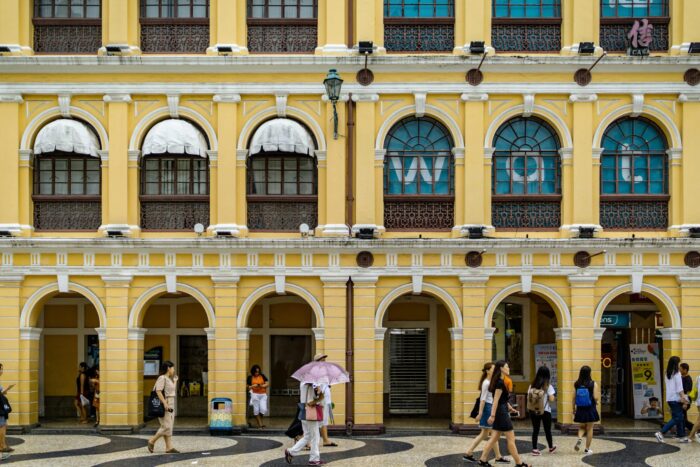As a rapidly emerging market on the global scene, digital marketing in Portugal has become an important area for many companies. Like with any new market, it’s important to know what customers are like and what they best respond to.
Due to its relatively small population, shared language with Brazil, and proximity to large markets like Spain, many digital marketers tend to reuse their content from other markets in Portugal. But Portugal is its own country, with its own culture, and recycling copy can result in your message being incorrectly or even poorly received.
To make the most of your digital marketing in Portugal and best connect with Portuguese consumers, you need to engage them in their own way. Keep reading to learn the best ways to do that and get to know the Portuguese digital market.
Digital marketing in Portugal: An overview
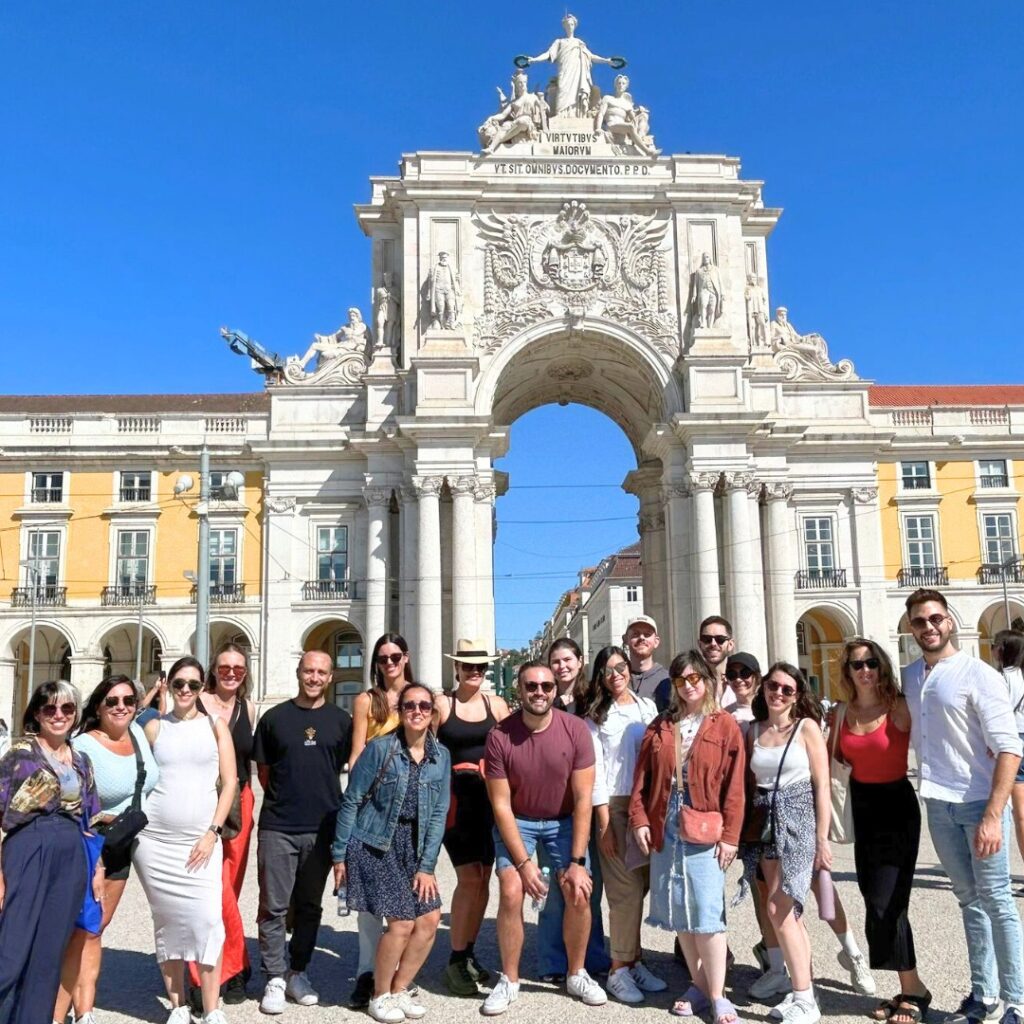
While Portugal has a lower internet penetration rate than other Western European countries, its numbers have greatly increased in the last few years. Portugal is also quickly becoming a mobile-first country and Portuguese people like using social media and following influencers.
Kyler Canastra, our Lisbon-based Head of Business Development at VeraContent, says there’s been a big demographic shift, with many young people who either moved away or were born abroad to Portuguese parents returning to the country. “There’s a big increase in 20- and 30-year-olds, digital natives, and it’s changing the digital landscape and what people expect from an online experience.”
Portugal has a population of about 10.4 million people. The population is staying stable, as the country has a moderately low birth rate (1.43 births per woman, slightly below the EU average of 1.46) but is seeing a ton of recent immigration, with rates doubling in the last five years and 10% of the total population now being foreign-born.
“2011 was really rough,” Kyler admits, “but since then we’ve been rebuilding. Even before COVID there’s been a lot of immigration from many different countries, but COVID accelerated that and Portugal’s been adapting.”
As of the start of 2024, there are 8.84 million internet users in Portugal, which accounts for 86.4% of the population. This is a huge increase from 2014 when only 64.6% of the population used the internet. Internet penetration is higher in households with children and high-income families.
The Portuguese spend an average of seven hours and 30 minutes online daily, with 47.4% of that time spent on mobile—a massive increase from 2018, when the figure was 19%. Android is by far the most-used operating system, as 74% of smartphone users use it. Portugal also has 7.43 million active social media users or 72.6% of the population.
98% of Portuguese internet users aged 16-64 use the internet to visit social media sites. Instagram is the most popular platform, with 85.2% of users on the site, and the most liked. One-third of Portuguese social media users ranked Instagram as their favorite social media site.
Like in most countries, TikTok has exploded in Portugal in the last few years. Almost a third of the population uses the app, and users spend an average of 36 hours and 38 minutes a month there, more than twice the amount of time they spend on Instagram (17 hours and 19 minutes).
Portuguese users are very interested in and engaged with influencers, similar to the Spanish market. The average engagement of Portuguese influencers is higher than the worldwide average. In a 2023 study, 78.8% of surveyed Portuguese young people followed influencers online. Influencer advertising makes up a small portion of overall digital ad spend but is increasing rapidly.
See also: Global influencer marketing strategy: 3 key insights
Understanding Portuguese consumer behavior

To understand the modern Portuguese customer’s typical behavior, it helps to know a bit of history. The country was under a dictatorship from 1933 to 1974. In the 1960s and early 1970s, the economy grew but an average of 122,000 Portuguese people left the country every year. After the overthrow of the dictatorship in 1974, emigration dropped dramatically, but the chaos that followed caused an economic collapse.
Once Portugal joined the EU the economy stabilized. However, the 2008 recession caused a severe financial crisis that lasted from 2010 to 2013. International agencies saved Portugal with a bailout, but they also implemented heavy austerity measures. More than 330,000 jobs were destroyed and youth unemployment reached 42%. Between 2008 and 2015 more than a million people left the country. Even today, Portugal has the highest emigration rate as a percent of their population in the EU.
The economy has been steadily growing since 2014, mostly thanks to exports and tourism. Economic challenges over the years have made the Portuguese cautious in their spending, significantly shaping consumer behavior across the country.
A price-conscious mindset
Kyler notes that Portugal is one of the most anxious countries in the world. “Even though we’re doing way better than we were in the past, people’s mentality is focused on saving—it’s a cultural thing that’s ingrained in society here. We have a mentality where we feel like we’re lacking something, there’s never enough and we’re not satisfied. People would rather have dinner at home and throw house parties than go out and spend money.”
“Plus, working conditions here aren’t great,” he continues, “average rent in the city center of Lisbon for a one-bedroom apartment is 2,000 euros a month, while the minimum wage, which many people live on, is only 820 euros a month. Even though things are ‘cheaper’ here, because the wages are so low, the costs of things like energy and groceries are higher here relative to wages than in most other European countries.”
Portuguese consumers are the most price-conscious consumers in Europe. In many—but not all, as we’ll explain later—sectors they will choose products based on affordability rather than brand prestige. In supermarkets, store brands dominate shelves and tend to be more trusted than recognized national brands as people have now bought them for so long.
Portuguese consumers buy discounted products for nearly half of their annual purchases, and 70% ranked price as the top factor when buying food in a 2020 survey. In contrast, 40% of European consumers prioritized cost, placing it behind taste and food safety.
Another important aspect of the Portuguese consumer is the strong influence of family and friends, and the importance of relationship building. Word-of-mouth advertising is the second most common product discovery method, with 35.6% of people discovering new brands, products and services this way.
In a 2022 study interviewing 15-29-year-olds about how much influencers affect their purchasing habits, all participants stressed the importance of what “people around them” use and post about in molding their consumption habits.
Particularly regarding clothing, the Portuguese can be very loyal to specific brands. They are very aware of and care about the social status linked to certain brands and will actively seek those out over other brands. They also tend to prefer international brands to local brands, except for food.
“People are really concerned with how they look and how they come off to other people here. Compared to Madrid, I see a lot more fancy cars in Lisbon, and it’s common to take out huge loans to get one. International products are inherently expensive, so the ability to consume them plays into the idea that Portuguese people want to show their worth and put their best face out there,” Kyler said.
More people purchase items online every year. 44% of residents aged 16-74 made an online purchase in 2023, a slight increase from the year before. In 2012 by comparison, only 35% of Portuguese people had ever made an online purchase. However, their online shopping habits are still greatly influenced by their price-consciousness.
The 2024 Portuguese digital report asked respondents about the main reasons they would choose to make a purchase online, and their answers revealed the Portuguese’s price-consciousness:
- 71.7% said free shipping
- 50.3% said coupons and discounts
- 36.2% said next-day delivery
- 36% said a simple return policy
- 34.7% said loyalty points
- Only 11.9% cared about eco-friendly credentials
Another side effect of the Portugueses’ risk aversion is the prevalence of an omnichannel sales funnel. Despite increased online purchasing rates, buying online is still seen as potentially risky. Many people research what they want online or in person before finally purchasing the item in-store.
Kyler explains that people’s anxiety about purchasing the wrong thing or not liking something when they receive it is what motivates them to research online but make purchases in-store. “I want to try it on, see how it looks, and figure out if I actually want to buy it because I don’t want to spend my money frivolously,” he said.
64.4% of Portuguese research brands online before buying a product, and 64.2% of Portuguese use search engines to research products and services. This channel drives 39.6% of new product or service discoveries, the highest of all digital channels.
The Portuguese also find products and services on social networks (48.5%), price comparison websites (35.2%), customer review pages (30.6%), and brands’ websites (27.4%). However, only 12% click on advertising banners on websites, and 15.4% click on banners on social networks.
Best practices for digital marketing in Portugal
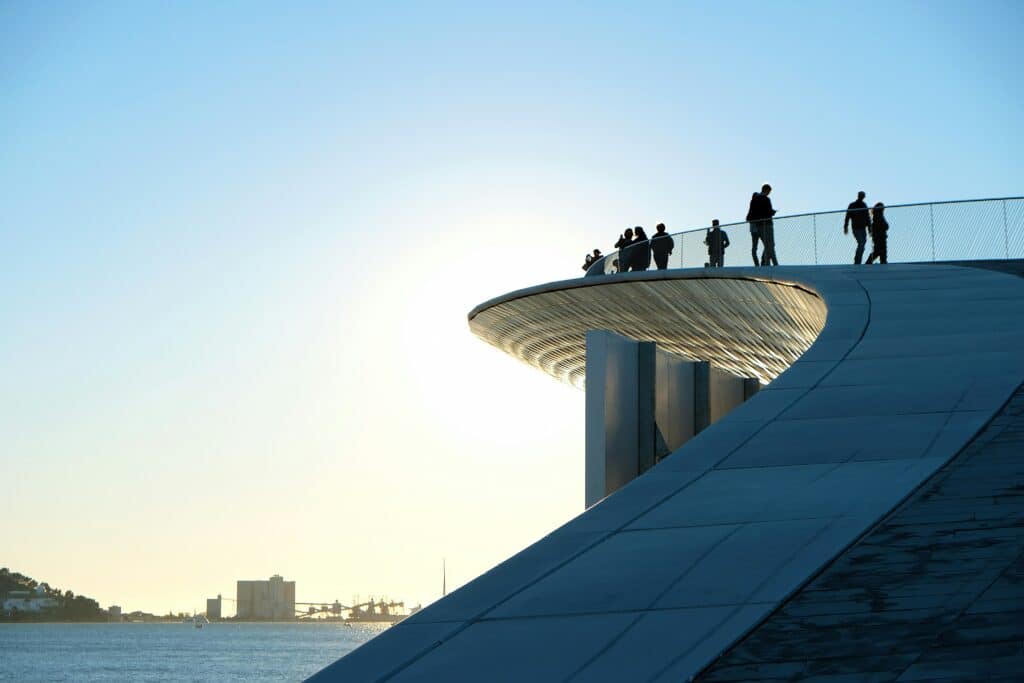
Prioritize search
Search is the most effective and largest of the digital channels in Portugal. 93.1% of internet users use a search engine at least once a month, and almost half of digital ad spend is on this channel. You need to make sure your strategy matches up. Google is by far the most popular search engine, making up a 94.5% share of search engine referrals. Make sure your business is visible on Google, particularly through organic channels like SEO.
See also: How to manage an effective multilingual SEO campaign
Some good ways to optimize search in the country are to list your business in Portuguese online directories, contribute guest posts to industry blogs or newspapers that include links back to your site, and partner with local influencers and bloggers who will link to your website on their platforms. All of these strategies will create high-quality backlinks that will greatly improve your local SEO, as well as increase word-of-mouth advertising.
Finally, it’s important to note that Portuguese consumers usually search for products and services using longer, more formal, and more descriptive phrases (long-tail keywords) than other consumers. When creating your keyword strategy, make sure to work with locals who can help highlight the best long-tail keywords to focus on.
Localize properly
Portugal isn’t Brazil, and it isn’t Spain, either. This is obvious, but companies often make huge mistakes in the Portuguese market by thinking they can just copy and paste their Brazilian (or even worse, Spanish) digital marketing, especially since Portugal is a much smaller market than those two countries.
See also: Brazil vs. Portugal Portuguese: Key differences and why localization matters
All your content must be localized to European Portuguese, working with a local linguist. European Portuguese and Brazilian Portuguese are extremely different from each other, more than British and American English or Spanish and Latin American Spanish. Using Brazilian Portuguese can come off as too informal and strange to Portuguese customers. If you already have localized Brazilian social media accounts, make separate ones for Portugal.
Many businesses advertising digitally in Portugal just re-use their Brazilian content, so taking the time to localize properly as an international brand can make you stand out and help you build more trust and engagement with Portuguese audiences.
In addition, while Spain and Portugal are both located on the Iberian Peninsula, never confuse the two and try to avoid addressing them as one market. The Portuguese can get offended if you address them in Spanish.
Pro tip: Portugal has one of the highest levels of English in the world among non-native countries, so using English might be okay, but never Spanish.
Optimize for mobile
As mobile usage is widespread in Portugal and only increasing, make sure all of your advertising and your website is completely optimized for mobile. An important thing to remember, particularly if your content is originally in English, is that Portuguese takes up a lot more space than English. Ensure that everything still fits and is formatted properly when translated.
“Everyone here is always on their phones,” said Kyler. “Even a few years ago, 5G coverage wasn’t great, but now we have 5G pretty much everywhere. The internet’s really fast, and there’s a lot of things you can do from your phone, like add to your vaccination records or pay government fees, so people are always using them.”
Be price-conscious
Use your digital marketing to highlight any good deals your brand offers, from coupons to discounts to free shipping, particularly if you’re a B2C business. Create a loyalty program and promote its rewards and benefits to consumers, and offer personalized coupons to customers that have accounts with you, for example.
H&M in Portugal: Leveraging digital tactics
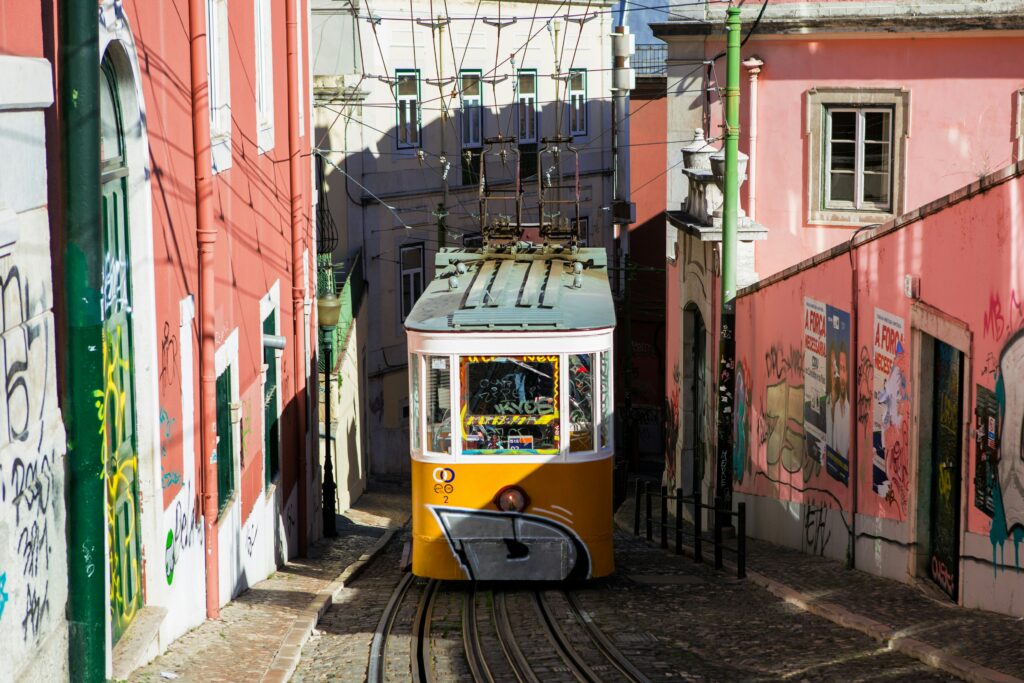
H&M, the famous Swedish fast-fashion brand, has been operating in Portugal since 2002. While they’ve always done well and have since expanded to 16 cities across the country, their recent digital advertising campaigns show how they use their knowledge of the Portuguese market to drive sales effectively.
In the summer of 2023, H&M wanted to promote awareness of its new summer collection and increase sales. It ran an omnichannel campaign primarily targeting young women ages 15-44. They ran digital OOH, display, video and CTV ads. The ad content highlighted both how fashionable and trendy the clothing was as well as the clothes’ low prices.

The campaign was a big success. 67% of people who recalled the ads said they gave them a positive brand perception, compared to 37% of people who didn’t recall the ads, outperforming the industry benchmark by six points. In addition, 36% of people who recalled the ads said they’d consider purchasing from H&M, compared to only 20% of people who didn’t recall the ad.
Conclusion on digital marketing in Portugal

Portugal’s market has faced ups and downs but has steadily grown over the past decade. While smaller than some neighboring markets, it remains an important one to understand.
Demographic and consumer changes are affecting what the Portuguese consumer is looking for, and like everyone else, they appreciate proper localization and marketing.
“I don’t think we’re the number one priority in Europe, and we’re aware of that,” Kyler admits. “We’ve always had a feeling of lagging behind other Western European countries. But I see a lot more brands paying attention to what’s going on here, particularly American brands, and a lot of marketing is going to change.”
“We have big artists playing concerts here that we never would’ve had even fifteen years ago. I watch American TV and Portugal is mentioned as a major plot point. There are a lot more people in Portugal and I see more companies wanting to invest in the country. There’s bright new ideas, there’s business, there’s a lot of shifts going on and it’s getting better,” he said.
At VeraContent, we specialize in helping brands navigate the complexities of doing international business by collaborating with native experts from each country. If you’re planning on targeting Portugal, we’ll ensure your content is tailored to fit local nuances and deliver results.
Book a call with us today to see if you qualify for a Free Content Consultation.
